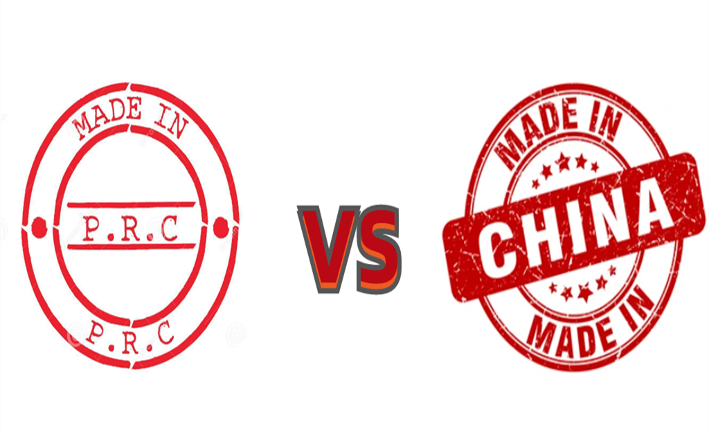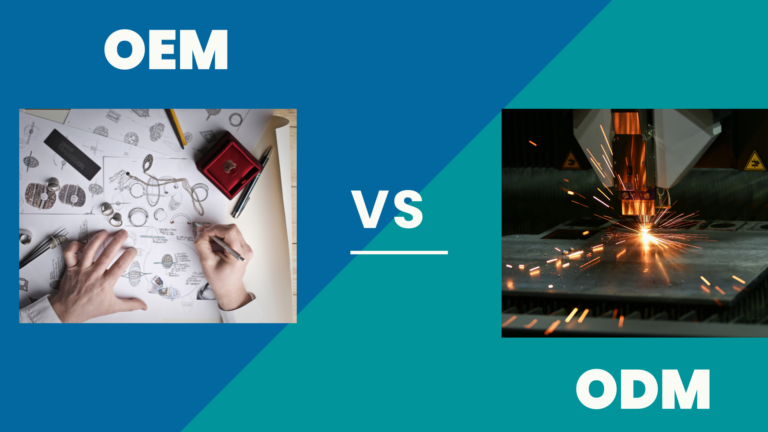Are you an importer of products from China looking to sell in the European market? Understanding the Declaration of Conformity requirements is one of the crucial understandings to prove import compliance and product safety with the EU market and legally placing your Chinese-made goods in the market. With this blog post, I will try to provide clarity on the topic of this conformity declaration for the EU. The meaning of the Declaration of Conformity, when it is required, and how can importers get this essential documentation?
The Declaration of Conformity definition is a document where a company selling a product in the EU says the product meets the required standards.
It is the company’s way to show and be responsible for the product meeting safety, health, and environmental rules.
When do you need a Declaration of Conformity?
The manufacturer, supplier, or importer must provide a conformity declaration when selling a product in the European Union, as this essential document proves the product’s compliance with applicable EU safety, health, and environmental regulations.
It applies to various product categories that fall under EU legislation mandating a Declaration of Conformity. These include electrical equipment, machinery, toys, and many others.
Who will check this declaration and when?
Market surveillance authorities, such as national market inspectors, have the right to request and verify the declaration for any product you want to sell in the EU market.
You typically need a valid Declaration of Conformity when selling on online sales platforms like Amazon. The platform wants to ensure that the products sold on their platform meet all necessary regulations.
Your responsibilities when importing from China
When importing from China to the EU, the importer in the EU is responsible for product compliance and the Declaration of Conformity. The Chinese supplier has no formal responsibility here. This is because the importer places the product on the EU market and must ensure it meets all EU regulations. As an importer, you take responsibility for its compliance. The Chinese supplier is outside the EU jurisdiction.
Who is responsible to issue and sign a Declaration of Conformity for the EU when sourcing from China?
When sourcing from China for the EU market, the declaration can only be issued and signed by you as the importer. So, based on the provided information, you draft and sign your own declaration by yourself.
To be able to confidently take the responsibility of signing the declaration, you need to do a severe check first. Review the technical documentation provided by the Chinese supplier. Verify the product’s compliance, and then issue and sign the declaration based on this information.
The burden and liability all fall on you as the EU-based company that is placing the product on the European market.
How to prepare for writing the declaration?
To prepare to write the Declaration of Conformity for the EU market, you need to gather the key product information from your manufacturer, or ask your China sourcing agent to gather this:
Applicable EU Legislation:
- Identify the specific EU directives and regulations that apply to the product
- Determine the essential safety, health, and environmental protection requirements.
These are often defined by terms like RoHS and EN. These terms reference specific EU directives and harmonized standards that a product must comply with. They must meet the relevant safety, environmental, and technical requirements defined in the applicable EU legislation.
Harmonized Standards:
- Identify the harmonized European standards the product complies with
- Obtain Certificates of Conformity to these standards. Request the products to be tested in dedicated test labs, or by let them be tested by yourself.
Technical Documentation:
- Description and identification (name, model, part numbers and varieties)
- Photos, design files or technical drawings
- Bills of materials
- Test reports demonstrating compliance
- Risk assessment and analysis
Collecting all this information upfront will allow you to draft a comprehensive and accurate Declaration of Conformity that meets the EU’s requirements. This documentation is essential for legally placing the product on the European market.
What elements does a Declaration of Conformity need to consist?
The key elements for the declaration for the EU market must consist of are:
- Product identification: A description of the product, including the brand name, model number, colours and variants. Ensure that the descriptions match the information on invoices and technical files provided by the manufacturer.
- Applicable directives/regulations: A list of the specific EU directives and/or regulations the product complies with, such as RoHS or EN.
- Harmonised standards: The harmonized European standards that are relevant for the specific product.
- Issuer information: The name and full address of the importer issuing the declaration.
- Signature, date and place of issue: The declaration must contain the date and location where the declaration was signed and be signed by an authorised person representing the importing company.
The declaration needs to clearly and comprehensively state how the product meets the essential requirements. The documented proof of conformity is essential for legally selling the product in the European market.
For a good Declaration of Conformity example you can reference this page.
What is a Certificate of Conformance and what is the difference with a Declaration of Conformity?
A Certificate of Conformance or coc certificate is a document provided by a manufacturer or supplier that certifies their product meets specific requirements or specifications. It is typically issued for individual batches or shipments of products.
In contrast, a Declaration of Conformity is a more comprehensive document that a manufacturer, importer or authorized representative must provide. It demonstrates a product’s compliance with all the relevant EU regulations and directives for that product type.
So, there are several differences between the certificate of conformance vs declaration of conformity. The key difference is that the Declaration of Conformity is the legally required document to sell a product in the EU, while Certificates of Conformance provide supplementary batch-level quality assurance documentation.
Which of the documents is needed for importing from China?
When sourcing products from China for the EU market, you need a Declaration of Conformity, not just conformance certificates. The Declaration of Conformity is the legal document that the EU-based importer must provide to demonstrate the product meets all relevant EU regulations. You can use Certificates of Conformance from the Chinese supplier to support the declaration. They do not replace the need for the importer to issue the full Declaration of Conformity.
Why would you want third-party support for your claims in the form of a Certificate of Conformance?
Getting a coc manufacturing certificate from an independent organisation helps to prove that your product meets the required standards and regulations. A third-party certificate by a dedicated test lab shows that an outside expert has verified your product’s compliance, not just your own declaration of that of your manufacturer.
Having this additional certification can give more confidence to regulators, B2B clients or online platforms. They often also demand you to show them these certificates and test results. It provides an extra layer of validation, important if there are any questions about your product’s conformity.
Providing both the Declaration of Conformity and third-party certificates strengthens the overall evidence that your product complies with the rules and standards. The certificate from an independent source supports the claims you make in your own declaration.
Take your Responsibility as importer for the EU Declaration of Conformity
When importing products from China for the European market, the importer is responsible for providing the legally required Declaration of Conformity. This involves carefully reviewing technical documentation from the Chinese supplier to verify the product’s compliance with all relevant EU regulations and standards. As an importer, you must draft and sign the declaration yourself. You are taking the responsibility for ensuring the product meets the necessary requirements. Supplementing the declaration with third-party certificates of conformance can further strengthen the evidence of the product’s conformity. By carefully going through the steps, you can draft a proper Declaration of Conformity. This allows you to legally sell the product made in China in the European Union.






